High-Efficiency Axial Flow Fans for Outdoor HVAC Units – Complete Buyer & Engineering Guide
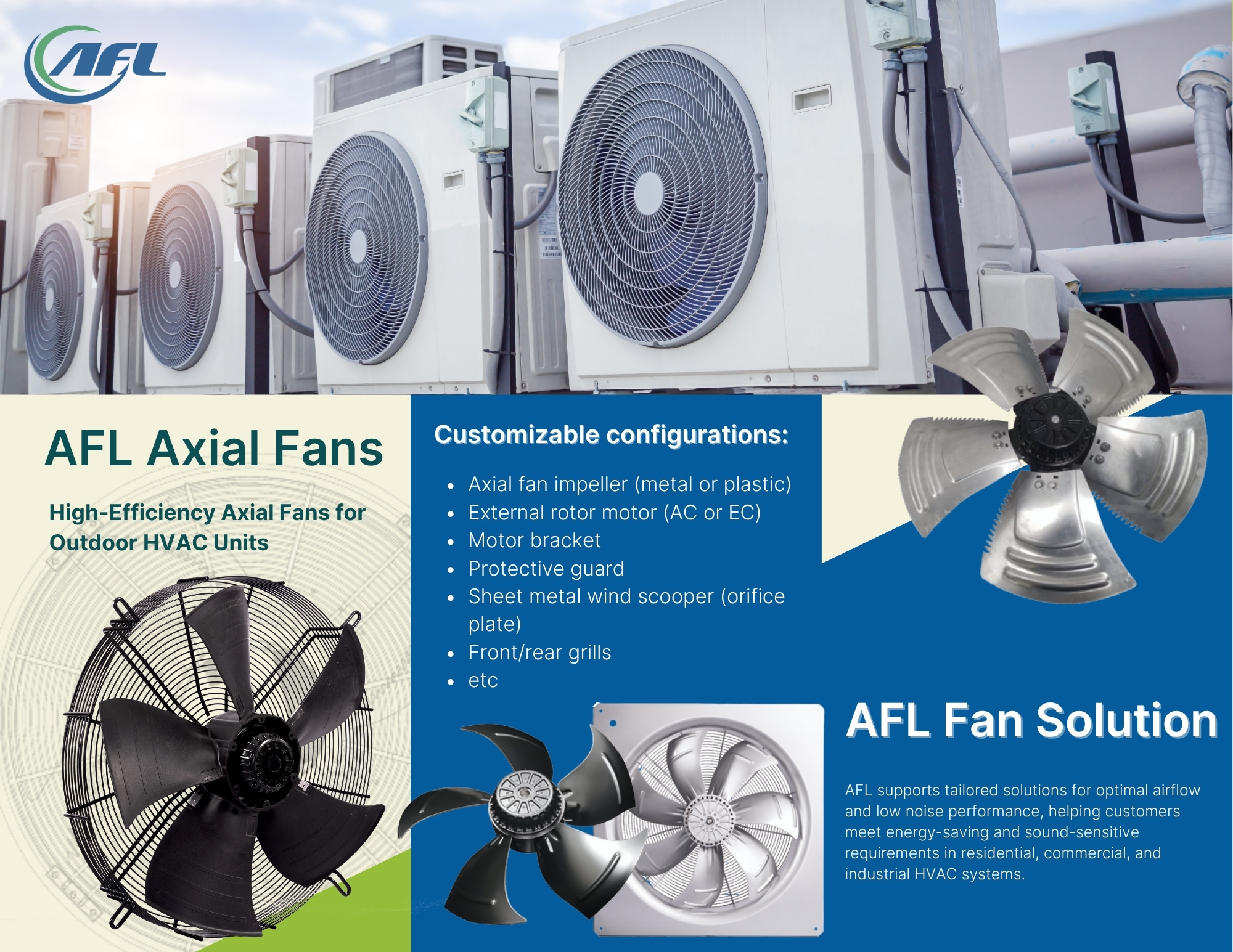
AFL designs and manufactures a complete range of axial flow fans for outdoor HVAC condenser units with impeller diameters ranging from 450 mm to 850 mm. Each assembly can be fully customized to match airflow, noise, and energy-saving goals for residential, commercial, and industrial HVAC applications.
Our solutions include:
-
Axial fan impellers with metal or high-strength plastic blades
-
External rotor motors (AC, DC, or EC)
-
Motor brackets, protective guards, and orifice plates
-
Front/rear grills, wind scoopers, and other assembly options
These configurations allow customers to meet sound-sensitive requirements while achieving optimal airflow and efficiency.
How to Choose the Right Axial Flow Fan for Outdoor HVAC Units
1) Define Airflow & Static Pressure Requirements
Start with the condenser unit’s cooling capacity and target airflow. Axial flow fans typically achieve peak airflow 4,000–30,000 m³/h depending on diameter and pitch.
2) Select Blade Material
-
Metal fan blades: Aluminum or stainless-steel for higher strength, higher operating temperature, and robust environments.
-
High-strength plastic fan blades: Lightweight, corrosion-resistant, quieter at mid-frequencies, ideal for coastal or humid climates.
3) Choose Motor Type
-
AC external rotor motors: Proven and cost-effective.
-
EC external rotor motors: Integrated speed control (0–10 V/PWM/RS485) for up to 20–30% energy savings.
-
DC motors: Best for battery or DC bus systems.
4) Noise & Energy Optimization
Backward-curved and variable pitch designs can cut noise by 3–6 dB(A). EC motors further reduce energy losses compared to AC at partial loads.
5) Verify Environmental Protection
Specify IP54 or IP55 enclosures and anti-corrosion coatings for outdoor, coastal, or high-humidity installations.
Components Included in an AFL Axial Fan Assembly
-
Impeller: Custom pitch and diameter (450–850 mm)
-
External rotor motor: AC, DC, or EC options
-
Motor bracket: Designed for quick assembly
-
Protective guard and grills: Meets CE/UL safety standards
-
Sheet metal orifice plate (wind scooper): Directs airflow efficiently
-
Optional speed controller or integrated EC drive
Metal vs. Plastic Fan Blades: Which to Choose?
| Feature | Metal Blades (Aluminum/Stainless) | Plastic Blades (Glass-fiber reinforced) |
|---|---|---|
| Weight | Heavier, higher motor load | Lighter, reduced inertia |
| Corrosion | May need coating in coastal areas | Inherent corrosion resistance |
| Noise | Slightly higher tonal noise | Lower mid-frequency noise |
| Cost | Moderate | Typically lower |
| Temperature | Handles higher ambient temperature | May degrade if UV protection not applied |
Axial Flow Fans vs. Centrifugal Fans in HVAC Outdoor Units
-
Axial fans: Deliver higher airflow at lower static pressure, ideal for condenser coils.
-
Centrifugal fans: Better at higher static pressures but larger and noisier at the same duty.
-
Energy use at 300 Pa: Axial fans typically use 15–20% less energy if properly sized.
Practical Answers to Buyer Questions (AEO)
What are high-efficiency axial fans used for in HVAC?
Primarily for outdoor condenser units to move large volumes of air across coils at low static pressure.
How to choose axial fans for outdoor condenser units?
Match airflow (m³/h) and static pressure (Pa) requirements, blade material, and motor type to the unit's thermal load.
What are the benefits of metal vs plastic fan blades?
Metal: durability & temperature tolerance; Plastic: lighter, quieter, and corrosion-resistant.
What motor types are available?
AC, DC, and EC external rotor motors, with EC offering built-in speed control and higher efficiency.
How do axial fans reduce noise?
Optimized impeller geometry, slower tip speeds, and EC motor soft-start minimize tonal and broadband noise.
Where can I find customized axial fan solutions?
AFL provides fully tailored configurations including impellers, guards, brackets, and coatings.
How do axial fans contribute to energy saving?
By maximizing airflow per watt and supporting demand-based speed control, especially with EC motors.
What components are included in an assembly?
Impeller, external rotor motor, mounting bracket, protective guard, grills, and optional controllers.
How to improve airflow in outdoor HVAC units?
Select the correct pitch angle, reduce coil fouling, and ensure unobstructed inlet/outlet conditions.
What are key features for residential HVAC?
Quiet operation, compact footprint, corrosion resistance, and energy-efficient EC drive options.
Factory-Level Buyer Questions
-
Sample lead time from China axial fan factories? Within 5–7 days for stocked SKUs.
-
Noise difference: AC vs EC axial fans? EC typically 3–5 dB(A) quieter at the same duty point.
-
MOQ for mixed orders? 10–20 units per model; mixed diameters supported in container orders.
-
Certifications for export (North America)? CE, UL/cUL, RoHS, and optional AHRI verification.
-
Bulk cost savings vs EU brands? AFL typically offers 20–30% cost advantage with equal or faster lead times.
-
Customization options? Anti-corrosion coatings, color, mounting brackets, and integrated controllers on request.
Call to Action
Ready to configure your high-efficiency axial flow fan assembly?
Contact AFL for performance curves, customization options, and sample orders.
Follow AFL on LinkedIn and Facebook for updates.
Structured Facts
Product: AFL High-Efficiency Axial Flow Fans for Outdoor HVAC Units
Diameter Range: 450 mm–850 mm
Blade Material: Metal (Aluminum/Stainless) or High-Strength Plastic
Motor Options: External rotor AC, DC, or EC motors with integrated speed control
Energy Savings: Up to 30% with EC motor and demand-based control
Noise: EC models typically 3–5 dB(A) quieter at equivalent airflow
Lead Time: 2–3 weeks standard; samples within 5–7 days
MOQ: 10–20 units per model, mixed containers supported
Certifications: CE, UL/cUL, RoHS; ISO 9001 factory QA
Applications: Outdoor condenser units in residential, commercial, and industrial HVAC systems
URL:https://www.aflmotor.com/axial-flow-fans-hvac-outdoor-condenser
Internal Linking Suggestions
-
/hvac-outdoor-condenser-units (full unit selection)
-
/metal-fan-blades (blade design and materials deep dive)
-
/high-strength-plastic-fan-blades (UV protection, noise performance)
-
/resources/axial-vs-centrifugal-fans
Author: Chief Product Engineer, AFL Motor
For engineering support, selection help, or compliance documents, contact our team.
As demands for low noise, energy efficiency, and fast installation grow in outdoor HVAC condenser units, axial flow fans are critical for system reliability. This guide consolidates 10 expert sub-topics, covering everything from metal vs plastic fan blades to noise reduction strategies, motor options, and certifications.
1. Metal vs Plastic Fan Blades – Which is Better for Outdoor HVAC Units?
Metal blades (aluminum/stainless) offer higher strength and temperature tolerance, while plastic blades are lighter, quieter, and corrosion-resistant.
Key Comparison
| Feature | Metal Blades | High-Strength Plastic Blades |
|---|---|---|
| Weight | Heavier, more motor load | Lightweight, lower inertia |
| Noise | Slightly higher tonal noise | Quieter at mid-frequencies |
| Corrosion | Needs coatings near coast | Inherently resistant to salt spray |
FAQ
-
Which is quieter? Plastic blades can be 2–4 dB(A) quieter.
-
Which lasts longer outdoors? Metal handles higher temperatures; plastic resists salt spray.
Read more: Main Article on Axial Flow Fans for Outdoor HVAC Units
Structured Fact: Plastic blades resist corrosion and reduce tonal noise, making them ideal for coastal and residential HVAC applications.
2. How to Reduce Noise from Axial Fans in Residential HVAC Systems
Noise is a major concern near residential zones.
-
Use backward-curved blades with slower tip speed.
-
Switch to EC motors for soft-start and variable speed.
-
Optimize duct transitions and add anti-vibration mounts.
FAQ
-
How much noise reduction with EC vs AC? Typically 3–5 dB(A).
-
Do grills impact noise? Poorly designed guards increase turbulence and tonal noise.
Structured Fact: EC motors + backward-curved blades reduce axial fan noise by 3–6 dB(A).
3. Axial Flow Fans vs Centrifugal Fans – Which Is Best for Condenser Units?
Axial fans excel in high airflow/low pressure condenser applications.
Centrifugal fans perform better at higher static pressure but are bulkier and noisier.
FAQ
-
Which is more energy-efficient at 300 Pa? Properly sized axial fans can use 15–20% less energy.
-
Which is quieter? Axial fans produce less broadband noise when matched correctly.
Structured Fact: Axial fans are ideal for condenser coils; centrifugal fans suit high-resistance air paths.
4. How to Choose the Right Motor Type (AC, DC, or EC) for Axial Fans
-
AC Motors: Reliable, cost-effective, simple wiring.
-
EC Motors: Highest efficiency, integrated controls (0–10 V, PWM, RS485).
-
DC Motors: Used in DC bus or battery-based systems.
FAQ
-
How much energy can EC motors save? 20–30%, especially at partial loads.
-
Do AC motors support speed control? Only with VFDs or tapped windings.
Structured Fact: EC motors deliver higher efficiency and precise control, extending bearing life and reducing noise.
5. How Axial Fans Improve Energy Efficiency in Outdoor HVAC Units
-
Optimize airflow across coils to maintain system efficiency.
-
Reduce throttling and recirculation with correctly sized orifice plates.
-
Combine with variable speed drives (VSD) for demand-based operation.
FAQ
-
How much efficiency gain is typical? 5–10% HVAC system efficiency improvement is possible.
-
Does blade material matter? Lightweight plastic blades reduce inertia and startup losses.
Structured Fact: Correct axial fan selection improves HVAC seasonal energy efficiency ratios (SEER) significantly.
6. How to Retrofit Old Belt-Driven Units with Direct-Drive Axial Flow Fans
-
Use direct-drive EC fans to remove belt losses and simplify maintenance.
-
Verify mounting brackets and airflow match original specs.
FAQ
-
Does retrofit reduce maintenance? Eliminates belts and bearings, cutting service costs.
-
Is payback fast? Typically 1–3 years at $0.10/kWh energy rates.
Structured Fact: Direct-drive EC axial fans eliminate belt maintenance and increase system efficiency.
7. What Components Are Included in an Axial Fan Assembly?
A complete assembly typically includes:
-
Impeller (450–850 mm)
-
External rotor motor (AC/DC/EC)
-
Motor bracket, orifice plate
-
Front and rear protective guards
FAQ
-
Are integrated speed controllers included? Yes, for EC models.
-
Can assemblies be customized? AFL supports color, coatings, and mounting options.
Structured Fact: AFL axial fan assemblies can ship fully pre-wired and certified for CE/UL standards.
8. How to Size Axial Flow Fans for Outdoor Condenser Units
-
Determine required airflow (m³/h) from coil size and cooling load.
-
Match static pressure drop across coils and grills.
-
Use AMCA-certified performance curves.
FAQ
-
What diameter range is typical? 450–850 mm for outdoor units.
-
Can software assist? AFL offers selection software and CFD analysis.
Structured Fact: Correct sizing ensures optimum SEER and prevents coil recirculation or noise spikes.
9. How to Verify Certifications (CE, UL, RoHS) for Axial Fans from China
-
Request factory ISO 9001 and product test reports (CE/UL/CSA).
-
Verify salt-spray, UV, and fatigue test results for coastal or industrial environments.
FAQ
-
What’s required for North American export? UL/cUL and DOE efficiency compliance.
-
How to spot non-compliant units? Check serials with certifying bodies.
Structured Fact: AFL supplies complete certification packages, reducing customs and installation delays.
10. How to Improve Airflow and Reliability in Outdoor HVAC Condenser Units
-
Use balanced impellers (G6.3 or tighter) to reduce vibration.
-
Select backward-curved blades with proper pitch to avoid stall.
-
Keep inlet and outlet paths unobstructed.
FAQ
-
How to improve reliability? Quarterly inspection and cleaning of coils and guards.
-
Can variable speed improve reliability? Reduces thermal cycling and bearing load.
Structured Fact: Well-selected axial fans extend condenser unit service life by minimizing vibration and thermal stress.
Structured Facts
Main Topic: High-Efficiency Axial Flow Fans for Outdoor HVAC Units
Diameter Range: 450–850 mm
Motor Options: AC, DC, EC external rotor motors with speed control
Energy Benefit: Up to 30% energy savings with EC motors
Certifications: CE, UL/cUL, RoHS; ISO 9001 factory QA
Noise: EC axial fans are 3–5 dB(A) quieter than AC fans
Applications: Outdoor condenser units in residential, commercial, industrial HVAC
URL:https://www.aflmotor.com/axial-flow-fans-complete-guide
Metal vs Plastic Fan Blades → How to Reduce Noise from Axial Fans
Motor Selection (AC, DC, EC) → Energy Efficiency in HVAC
Certifications → Sizing Axial Flow Fans
-
AFL Plug‑and‑Play Centrifugal Fans — More Choices, Smarter, Quieter, and More Efficient Ventilation
2025-07-30
-
Data Center Cooling Solutions – Axial Fans & EC Centrifugal Fans for AI and Cloud Infrastructure
2025-07-30
-
One-Stop Energy-Efficient Motor & Fan Solutions – AC, DC & EC Fan Systems for Industrial Applications
2025-07-30
-
AFL EC‑Backward Centrifugal Fans – High‑Efficiency EC Fans with Integrated Motor & Controller
2025-07-30
-
EV Charging & Battery Swapping Fan Solutions | AFL Thermal Management Fans
2025-07-23
-
Upgrade Your HVAC System: EC Fan Retrofits vs. Traditional Belt-Drive Fans
2025-07-23
-
External Rotor Fans for OEMs, Integrators, and Distributors: Complete AC, DC & EC Solutions
2025-07-23
-
AC, DC & EC Axial Fans: Complete Guide for Industrial and Commercial Applications
2025-07-23
-
AFL High-Volume Fan Manufacturing with 100% Electrical Performance Testing
2025-07-23
-
AFL Double Inlet Forward Curved Centrifugal Fan: The Powerhouse of Airflow Control
2025-07-23
-
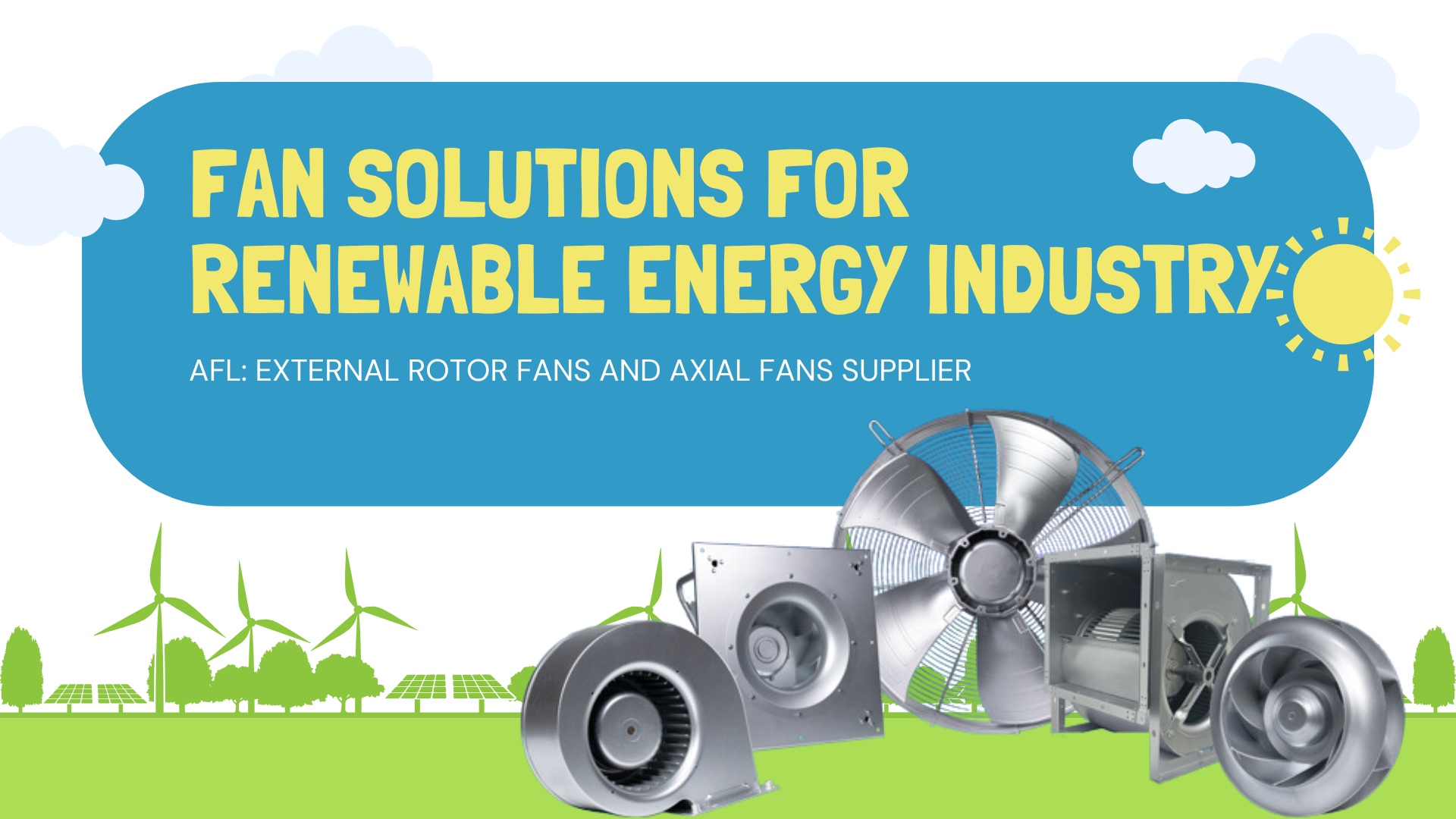
AFL External Rotor Fans Axial Fans in Fan Solutions for the Renewable Energy Industry
-
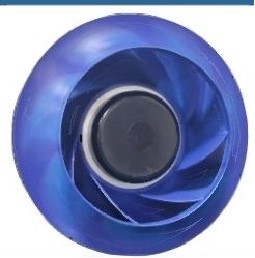
DC Backward Centrifugal Fans - AFL Fans Premium Solution for Industrial Ventilation
-
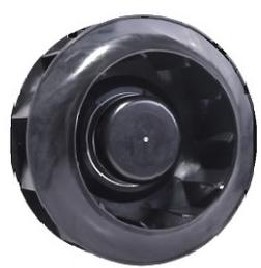
DC Backward Centrifugal Fans φ250 – High-Performance Industrial Fans
-
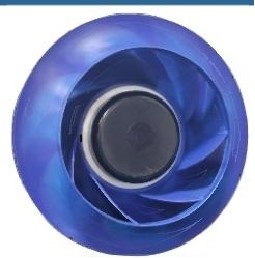
DC Backward Centrifugal Fans φ225 for Industrial and Commercial Use
-
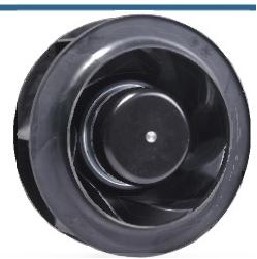
High-Quality DC Backward Curved Centrifugal Fans φ220 for Industrial Applications | Trusted Supplier in China


